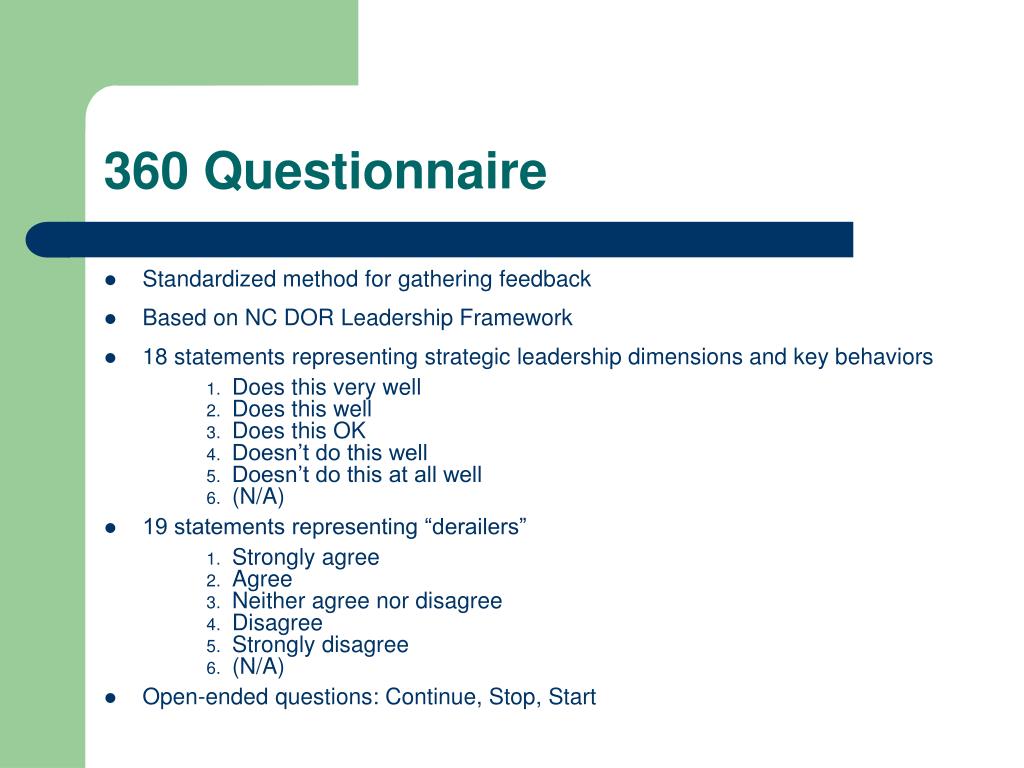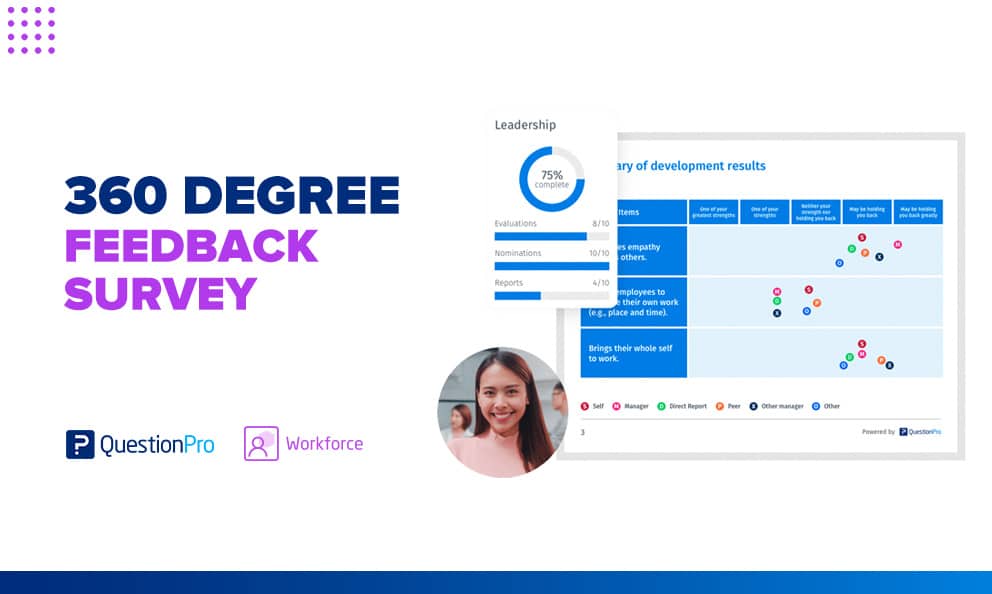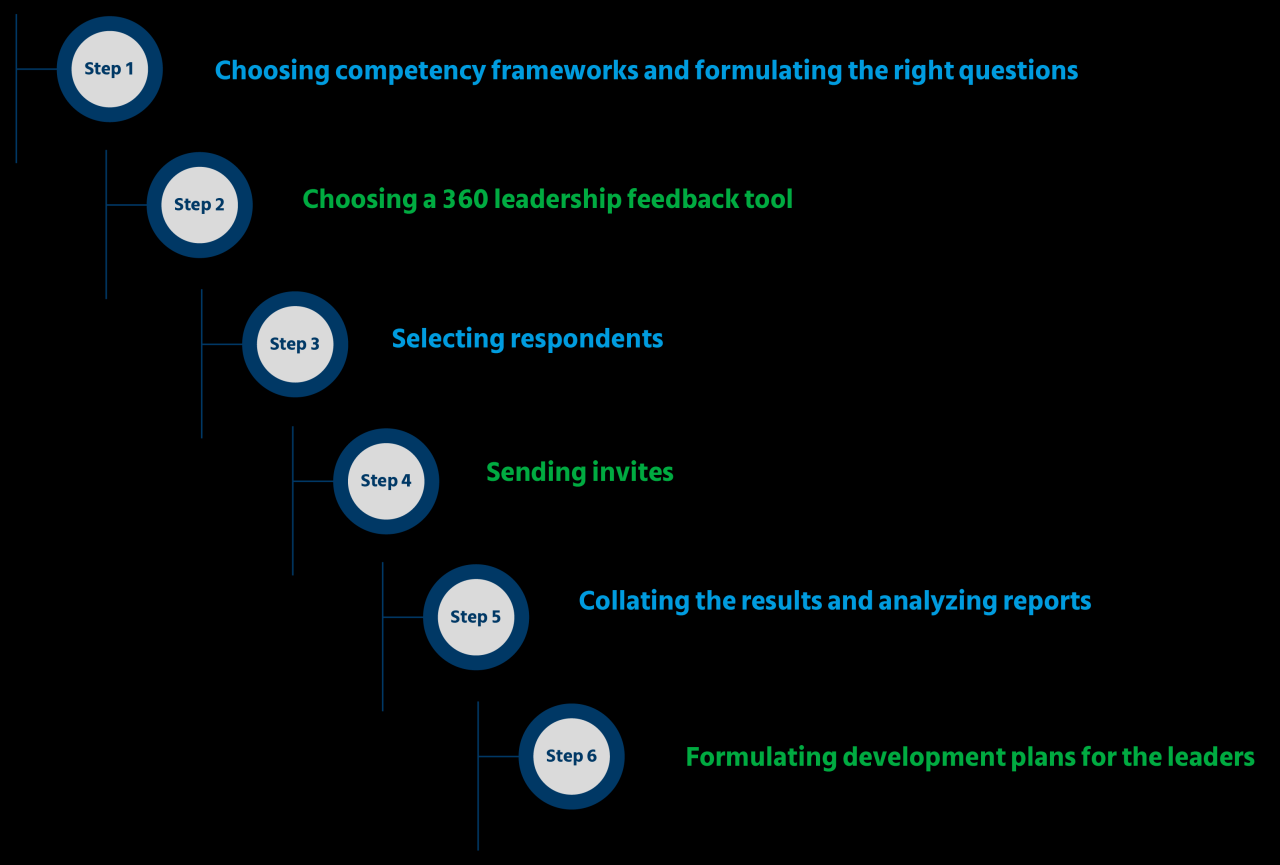Embark on a journey into the realm of 360 leadership surveys, where we unravel the secrets of effective leadership development. This comprehensive guide delves into the intricacies of designing, implementing, and utilizing 360 leadership surveys to foster growth and excellence within organizations.
Prepare to navigate the nuances of survey structure, question types, and best practices for implementation. Discover the art of analyzing and interpreting results, identifying patterns, and leveraging feedback for individual development.
Understanding the Concept of 360 Leadership Surveys

360 leadership surveys are a comprehensive tool used to evaluate the leadership effectiveness of an individual from multiple perspectives. They provide a holistic view of a leader’s performance, identifying strengths, areas for improvement, and opportunities for development.
Benefits of Conducting 360 Leadership Surveys
- Provide valuable feedback to leaders on their performance and impact.
- Identify areas for professional growth and development.
- Enhance self-awareness and improve leadership skills.
- Create a more transparent and collaborative work environment.
Key Components of a Comprehensive 360 Leadership Survey
Effective 360 leadership surveys typically include the following components:
- Self-Assessment:The leader evaluates their own performance against a set of competencies.
- Peer Feedback:Colleagues provide feedback on the leader’s behavior, skills, and effectiveness.
- Manager Feedback:The leader’s direct manager provides feedback on their performance and areas for improvement.
- Subordinate Feedback:Team members provide feedback on the leader’s leadership style and impact.
Designing and Implementing a 360 Leadership Survey

Designing and implementing a 360 leadership survey is crucial for gathering comprehensive feedback and promoting leadership development. This section provides guidance on crafting an effective survey and best practices for its implementation.
Survey Structure and Question Types
The structure of the survey should align with the specific leadership competencies being assessed. Consider using a combination of open-ended and closed-ended questions to gather both qualitative and quantitative data.
- Open-ended questions:Allow respondents to provide detailed feedback and insights.
- Closed-ended questions:Use Likert scales or multiple-choice questions to quantify feedback on specific aspects of leadership.
Participant Selection and Confidentiality, 360 leadership survey
Selecting the appropriate participants is essential for ensuring the survey’s accuracy and credibility. Consider the following factors:
- Peers:Provide feedback on daily interactions and teamwork.
- Direct reports:Offer insights into leadership effectiveness and employee development.
- Supervisors:Assess leadership skills, strategic thinking, and overall performance.
Maintaining confidentiality is paramount. Assure participants that their responses will remain anonymous and will only be used for the purpose of leadership development.
360 leadership surveys can be a valuable tool for assessing leadership skills and identifying areas for improvement. If you’re interested in pursuing a m ed in educational leadership , you’ll likely have the opportunity to use 360 leadership surveys as part of your coursework.
These surveys can help you develop a deeper understanding of your leadership style and how others perceive you as a leader, which can be invaluable for your professional development.
Analyzing and Interpreting 360 Leadership Survey Results
Analyzing and interpreting 360 leadership survey results is a critical step in the feedback process. It involves examining both quantitative and qualitative data to gain insights into the leader’s strengths and areas for improvement.
Statistical Analysis
The statistical analysis of 360 leadership survey results provides numerical data on the leader’s performance. This data can be used to identify patterns and trends, as well as to compare the leader’s performance to others in similar roles. Common statistical analyses include:
- Descriptive statistics (e.g., mean, median, mode)
- Inferential statistics (e.g., t-tests, ANOVA)
- Factor analysis
- Cluster analysis
Qualitative Feedback
The qualitative feedback from 360 leadership surveys provides open-ended comments from the respondents. This feedback can provide valuable insights into the leader’s behavior, motivations, and impact on others. Qualitative feedback can be analyzed using techniques such as:
- Content analysis
- Thematic analysis
- Narrative analysis
Identifying Patterns, Trends, and Areas for Improvement
By combining the results of the statistical analysis and the qualitative feedback, it is possible to identify patterns, trends, and areas for improvement in the leader’s performance. This information can be used to develop a personalized development plan that will help the leader to improve their leadership skills and effectiveness.
Using 360 Leadership Survey Results for Development
360 leadership surveys offer valuable insights for individual leadership development. The results provide a comprehensive assessment of a leader’s strengths and areas for improvement, enabling them to create tailored development plans.
If you’re looking to enhance your leadership skills, a 360 leadership survey can provide valuable insights. Consider partnering with a thought leadership marketing agency to develop a comprehensive survey that will help you identify areas for improvement and develop a plan for growth.
A well-crafted 360 leadership survey can be a powerful tool for self-reflection and professional development.
Feedback and Coaching
Feedback is crucial for leadership growth. 360 surveys provide confidential feedback from multiple sources, allowing leaders to gain a broader perspective on their performance. Coaching can further enhance this process by providing support, guidance, and accountability.
Ethical Considerations in 360 Leadership Surveys

Conducting 360 leadership surveys involves ethical considerations that must be addressed to ensure fairness, accuracy, and confidentiality.
If you’re a leader looking to up your game, consider taking an educational leadership specialist degree online. These programs can help you develop the skills you need to conduct 360 leadership surveys, which are a great way to get feedback from your team and identify areas for improvement.
360 leadership surveys can be a valuable tool for any leader looking to improve their performance.
Best practices for ethical 360 leadership surveys include:
Confidentiality
- Assuring participants that their responses will remain confidential.
- Anonymising data to protect individual identities.
- Storing and handling data securely to prevent unauthorised access.
Anonymity
- Allowing participants to provide feedback without revealing their identities.
- Using third-party survey administrators to maintain anonymity.
- Avoiding questions that could potentially identify respondents.
Bias
- Minimising bias by using validated survey instruments.
- Providing clear instructions and avoiding leading questions.
- Encouraging participants to provide honest and constructive feedback.
Ending Remarks

As we conclude our exploration of 360 leadership surveys, remember that they serve as invaluable tools for unlocking leadership potential. By embracing ethical considerations and ensuring fair and unbiased processes, organizations can harness the power of these surveys to cultivate a culture of continuous improvement and exceptional leadership.
Essential FAQs
What are the key benefits of conducting a 360 leadership survey?
360 leadership surveys provide a comprehensive assessment of leadership skills, identify areas for improvement, enhance self-awareness, and foster a culture of feedback and development.
How do I design an effective 360 leadership survey?
Consider the survey’s purpose, select appropriate question types, ensure confidentiality, and involve stakeholders in the design process.
What are some ethical considerations related to 360 leadership surveys?
Maintain confidentiality, ensure anonymity, address potential bias, and communicate survey results fairly and transparently.